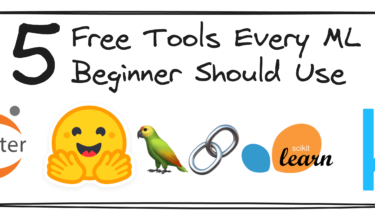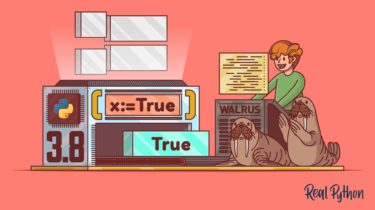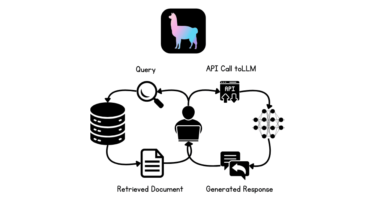Quiz: The Walrus Operator: Python’s Assignment Expressions
Interactive Quiz ⋅ 8 QuestionsBy Geir Arne Hjelle Share Or copy the link: Copied! Happy Pythoning! In this quiz, you’ll test your understanding of the Python Walrus Operator. This operator, used for assignment expressions, was introduced in Python 3.8 and can be used to assign values to variables as part of an expression. The quiz contains 8 questions and there is no time limit. You’ll get 1 point for each
Read more



